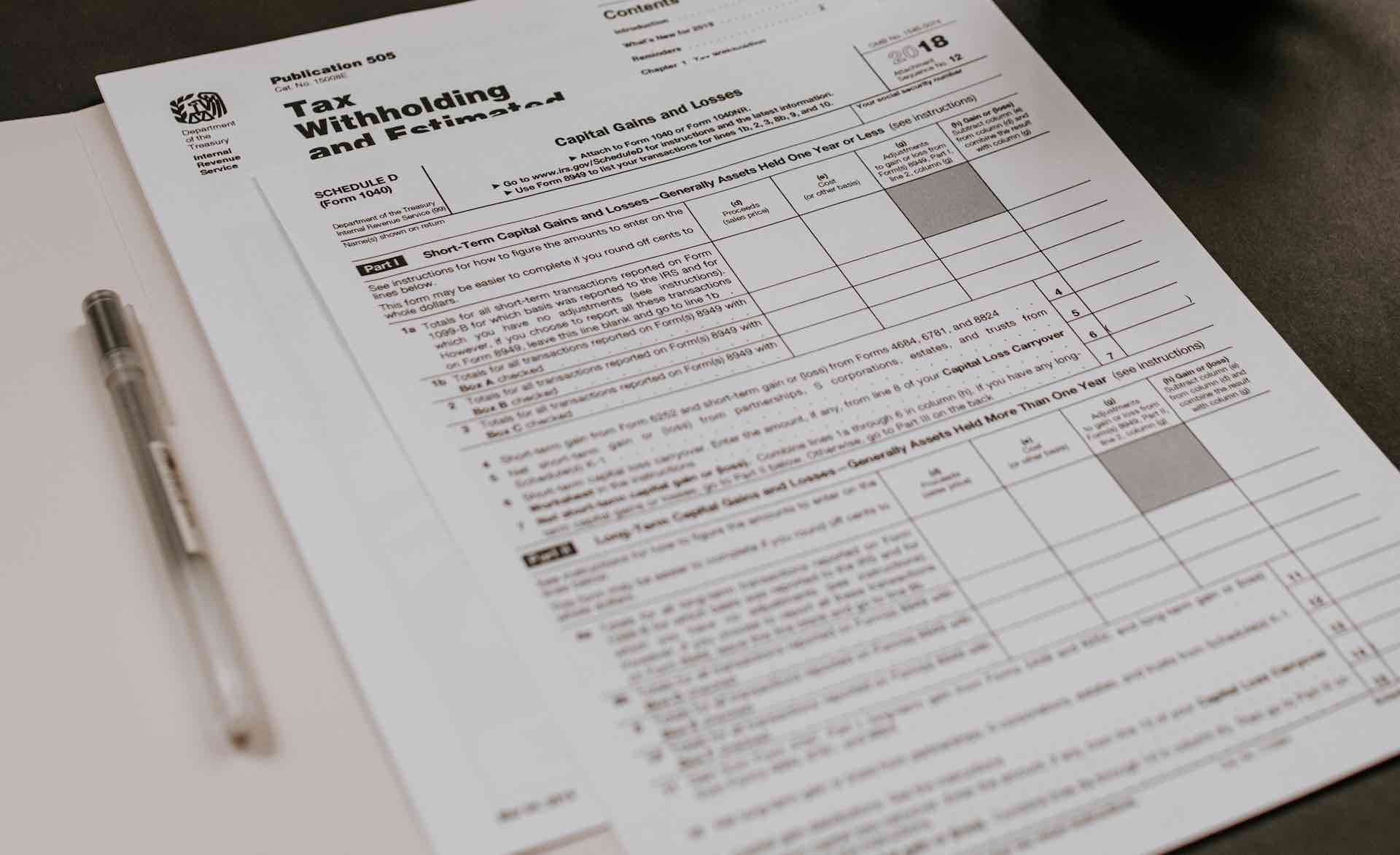For manufacturers and dealers, there is no way around customs clearance for vendor parts and goods. However, with the necessary know-how, companies can generate savings potential and avoid high costs. A customs expert explains what internationally active companies should be aware of and which customs procedures relieve manufacturers and producers financially.

An optimized supply chain includes analyzing the applied customs procedures for possible savings potential. All too often, however, companies do not consider this option, as they disregard it or due to a lack of expertise, says Thomas Gau, Head of Customs Solutions at Hermes International, a division of Hermes Germany.
We spoke with the customs expert about how manufacturers can reduce the costs when importing vendor parts using the procedure for processing under customs control and what retailers should consider when internationalizing their business in terms of customs law.
Mr. Gau, what are the most frequent questions or problems with which customers address you?
Many companies ask themselves whether they have sufficient internal know-how for the upcoming customs tasks in order to realize the customs clearance properly and in a cost-sensitive manner. A number of our customers, however, also have very specific questions. For example, we support customers in a very custom-fit manner, e.g. in preparing for an external customs audit.
Furthermore, digitization does not stop at customs clearance and companies often find themselves wondering whether they need their own customs software or whether service providers, like us at Hermes International, can support them with interfaces to an existing system.
As part of our “Hermes 360°Check”, we always check precisely where there are gaps in knowledge or potential for optimization and then provide highly individualized support accordingly – for example in the form of staff training, the preparation of customs documents or the introduction of cost- reducing customs procedures.
Especially for manufacturers and producers who import vendor parts from third countries, there are various customs procedures to minimize costs. From your practical experience you report that these are only rarely implemented and the possibilities are hardly ever exploited. What do you think is the reason for that?
Many companies simply do not have the know-how to identify this cost-saving potential for themselves. Furthermore, the topic of customs clearance is not considered as a field where costs can be reduced.
In practice, the realization is also quite difficult, as the implementation of new procedures initially requires more time. This is not easy for administrators who are already closely involved in the process. If we have the opportunity to bring the management level of companies on board, the implementation of new and cost-reducing solutions is often easier. Then the introduction of new processes takes on a different significance and time capacities are freed at an earlier stage.
What concrete precise procedures exist – and for whom are they most interesting?
A very effective customs procedure is, for example, the so-called arrangement for processing under customs control. This is a special arrangement for import duties, which is anchored in the new Union Customs Code. Thus, imported individual parts can be freed from customs duties by means of this agreement if the end product is finished e.g. in Germany or any other European country and is released from there for free circulation in the EU.
The procedure is primarily worthwhile for manufacturers in the EU who import dutiable individual components from third countries and use them to produce semi-finished or finished products on EU-territory.
More and more companies are looking to expand their activities and become active abroad. What advice do you have for customers who want to internationalize their business and sell in the EU in the future? What do they have to pay particular attention to when exporting?
Firstly, in order to keep an eye on costs and avoid any surprises, it is first necessary to look for the correct classification of goods in the customs tariff. This is where the country-specific regulations (tariffs) enter the picture – and they can vary significantly. Furthermore, preferential agreements between the trading and supplying countries must be taken into account. If a preferential agreement with the receiving country exists, massive savings can be the result. The opposite is the case if punitive tariffs are applied.
It is also important to choose the right delivery clause (Incoterm). For example, if the buyer demands a DDP (“Delivered Duty Paid”), all costs including import duties in the receiving country must be included in the selling price.
How does Hermes International support its customers in customs clearance – both in terms of internationalization and import?
On request, we implement all customs clearance variants for our customers. This includes that we enter the relevant shipment data in the corresponding customs declaration. Manually entering this data into our customs software is progressively loosing its significance. As a rule, we use the customer’s data from their ERP system, which is transferred directly to our systems via an external interface.
Mr Gau, thank you for the interview.

